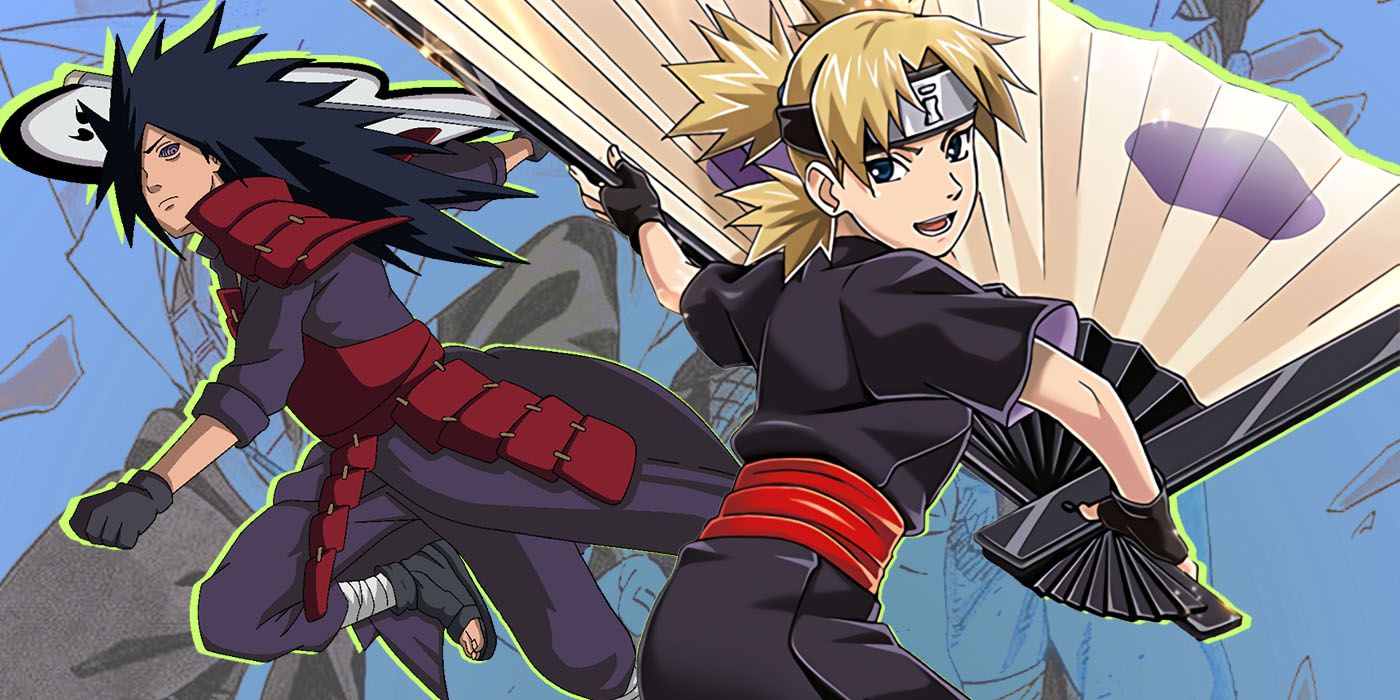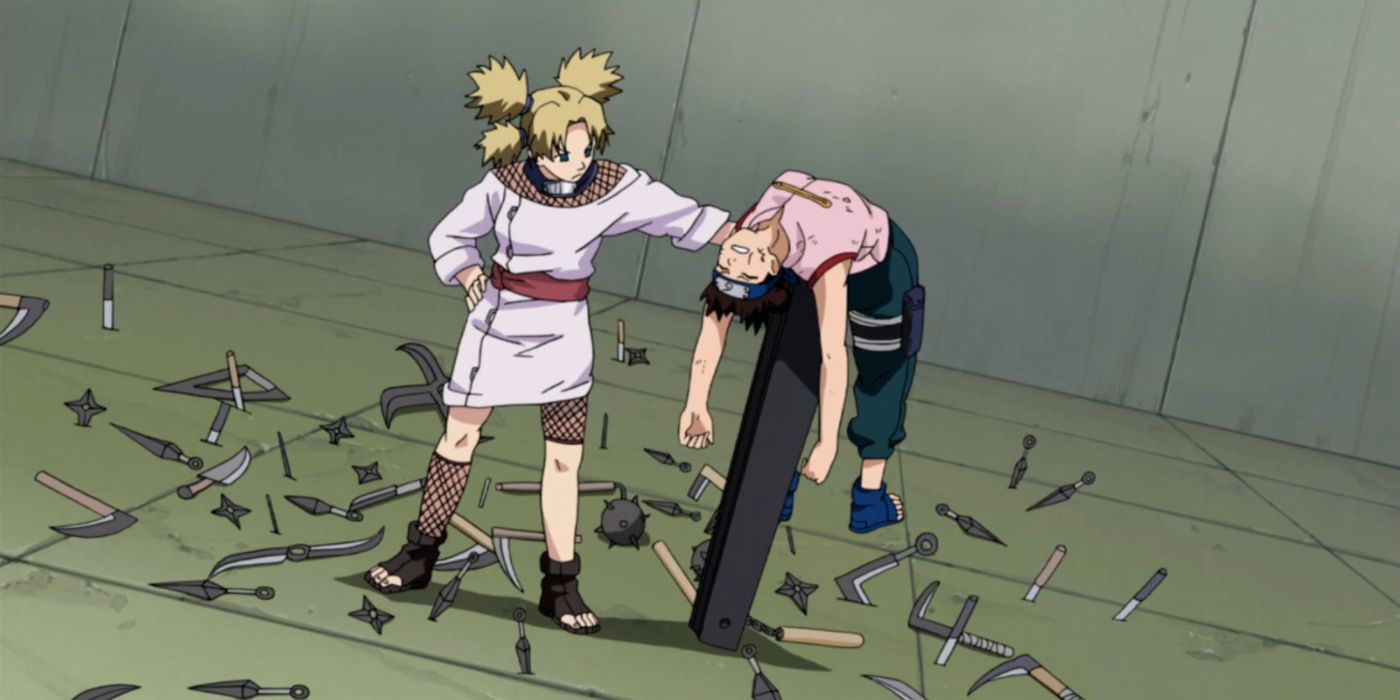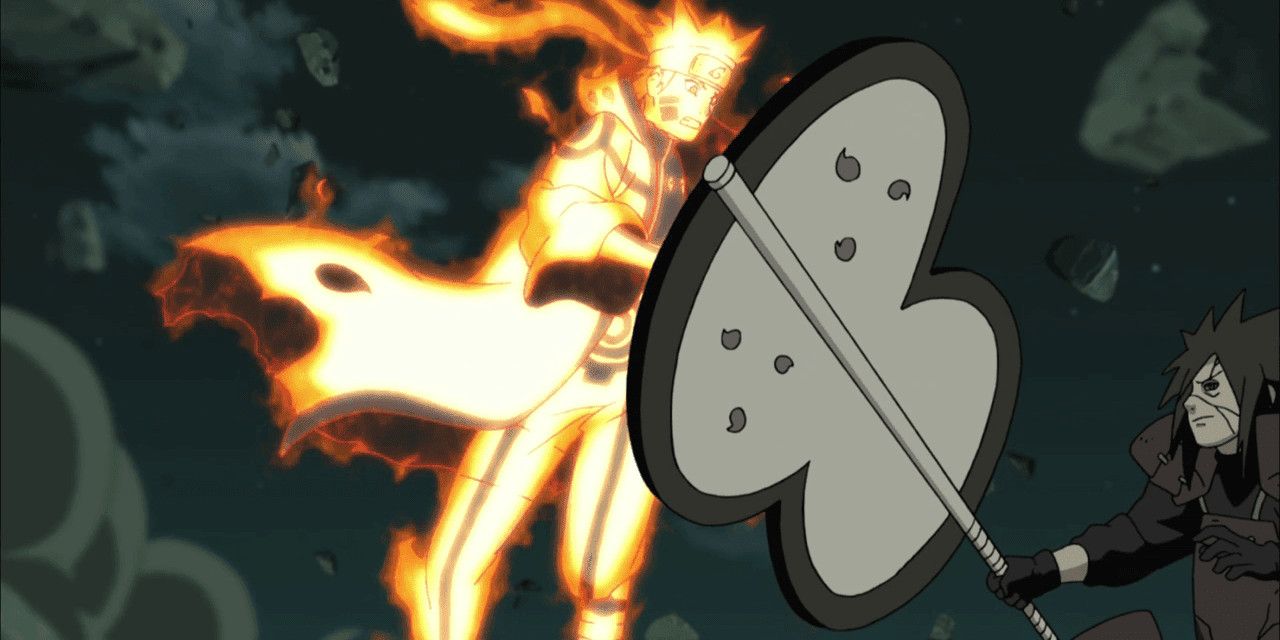The Naruto anime stands out among shonen titles for its diverse array of cultural references and borrowings. Heavily steeped in Japanese mythology, the anime takes equal inspiration from real-life and historical objects. Although the most famous example of this is the kunai -- which itself was utilized by real-life ninjas -- another significant borrowed object from Naruto is the fan. While the uchiwa on Sasuke's coat is the most famous example, symbolically fanning the flames of his clan's hatred, how other characters actually use fans in the story evokes aspects of their real-life histories in strange ways, in keeping with a popular anime quirk.
Like the kunai, the war fan was frequently employed throughout the history of medieval Japan. However, unlike kunai -- agricultural tools adapted for fighting -- fans had an established role in warfare and specialized variants. However, Naruto strays from these conventions, blending together their peaceable and warlike aspects for effect. Looking at two fans from Naruto -- Temari's "Giant Folding Fan" and Madara Uchiha's Gunbai -- in comparison and contrast with their real-life inspirations illustrates how Naruto takes inspiration from history.
Temari's Giant Folding Fan
Temari's "Giant Folding Fan" (Kyodai Sensu) debuts in the "Chuunin Exam" arc, when the Sand Siblings unveil their abilities. Its unfolded face bears three purple circles, corresponding to the power of its techniques. On the surface, Temari's fan seems to align with gunsen or tessen; military variants of the fan used for issuing signals and on rare occasions, blocking projectiles. However, the details behind this weapon paint a different picture. In particular, the fan's given name, Kyodai Sensu, indicates that despite this warlike function, her fan is explicitly a novelty-sized version of a sensu, or ornamental folding fan.
Temari's battle with Tenten in the "Chuunin Exam" arc illustrates this point. Relevant to this distinction is one of the claims of tessenjutsu -- the art of fighting with fans -- that when properly used, could deflect arrows, darts and other projectiles. To wit, in one famous legend from the Fourth Battle of Kawanakajima (1561), the warlord Takeda Shingen was confronted by his rival Uesugi Kenshin. Unarmed, legend has it that Shingen was able to parry Kenshin's sword using only his tessen. What makes this legend plausible is that tessen were constructed with iron spokes connected with thin plates. However, in Naruto, Temari's fan, being a sensu, is instead constructed from paper and lacquer, and is therefore better suited for actually fanning than fighting. Despite this, when faced with Tenten's rain of darts and knives, Temari uses wind jutsu to literally fan away the incoming projectiles.
Madara's Gunbai
The gunbai (literally "army arranger) was a specialized version of the fan used by generals to send signals in battle. However, in addition to this historical function, the gunbai has peacetime uses as well, which Naruto plays upon for both fantastical and ironic effects. Specifically, judges in sumo matches use a gunbai to make rulings. In Naruto, Madara Uchiha uses this weapon in true shonen fashion by blending these distinct functions -- making for some seriously cheap ninjutsu in the process.
One such ability -- the power to reflect chakra -- draws less from its historical usage on battlefields than a play on its real-life role in sports. In sumo matches, how the referee holds the gunbai decides points disputes and signals the match's winner. Likewise in Naruto, during the Fourth Ninja War, the reincarnated Madara displayed the full powers of his gunbai similarly; he uses wind chakra to reflect incoming attacks back at their users, effectively "overturning" the outcome of some fights. This fits in with Madara's overall place in the anime. Armed with his gunbai, he can literally "wave away" the enemy's efforts and, like a judge, simply decide the winner. Like Temari's Kyodai Sensu, Madara's gunbai plays ironically with its real-life inspiration, but in doing so illustrates what Naruto does best: take inspiration for its shonen fantasy from all aspects of life.



